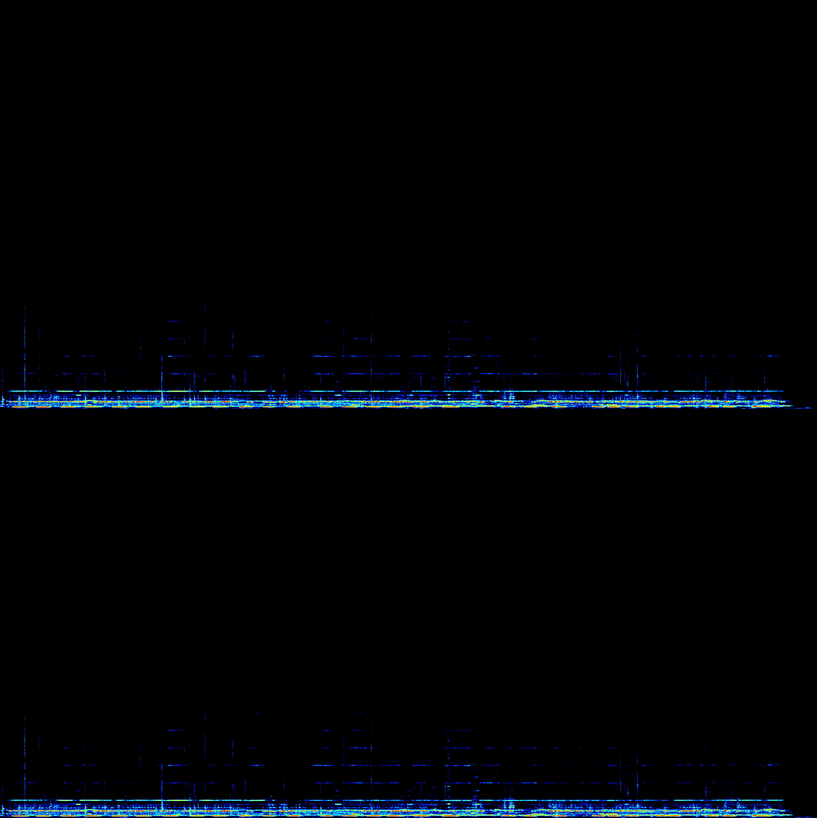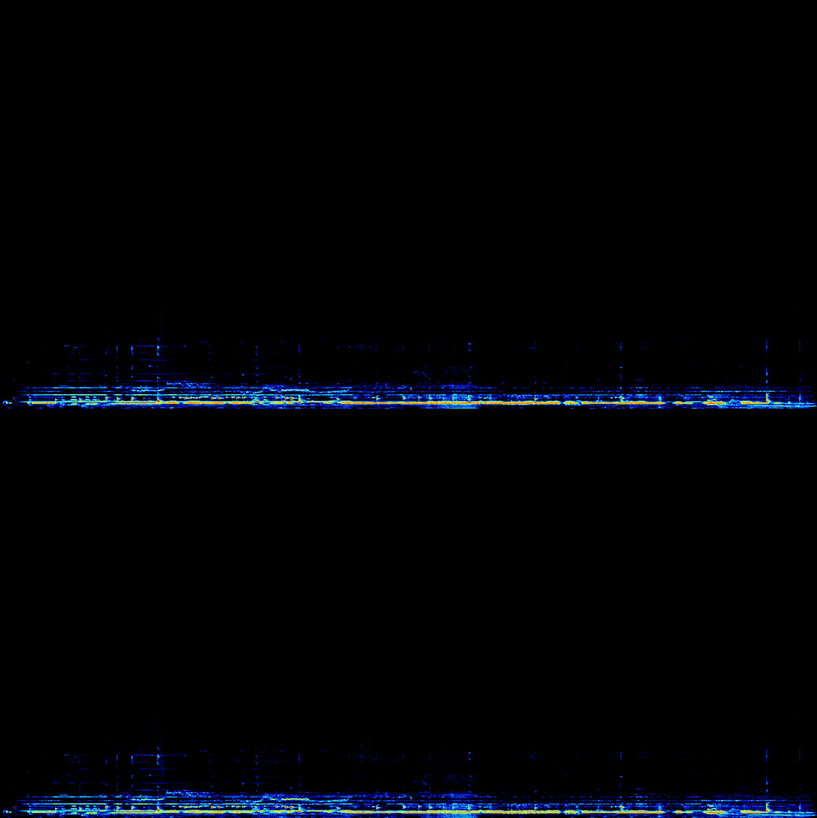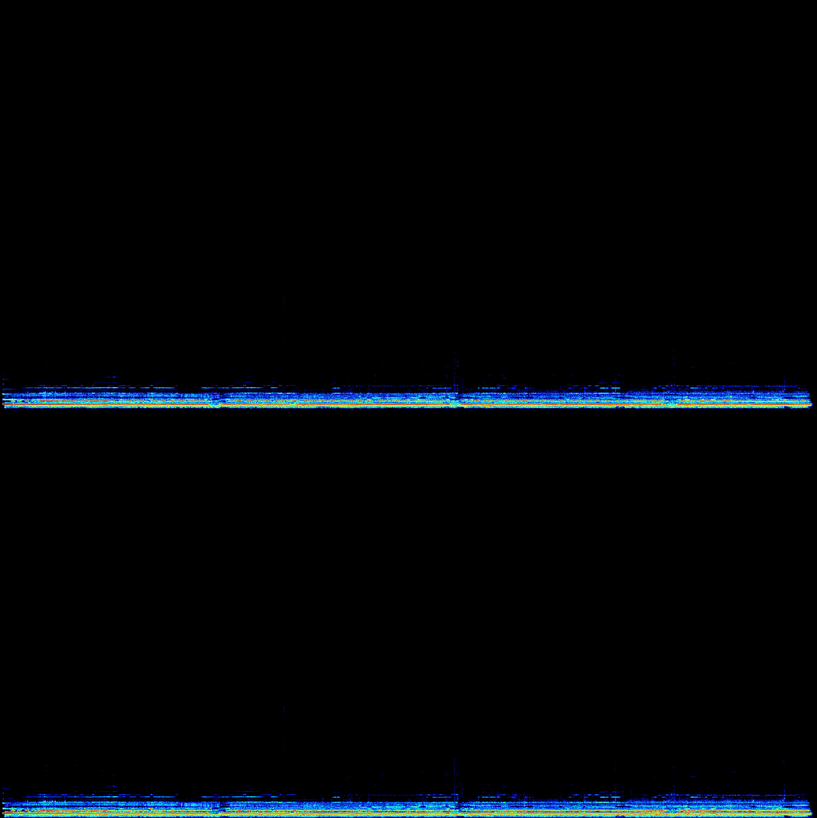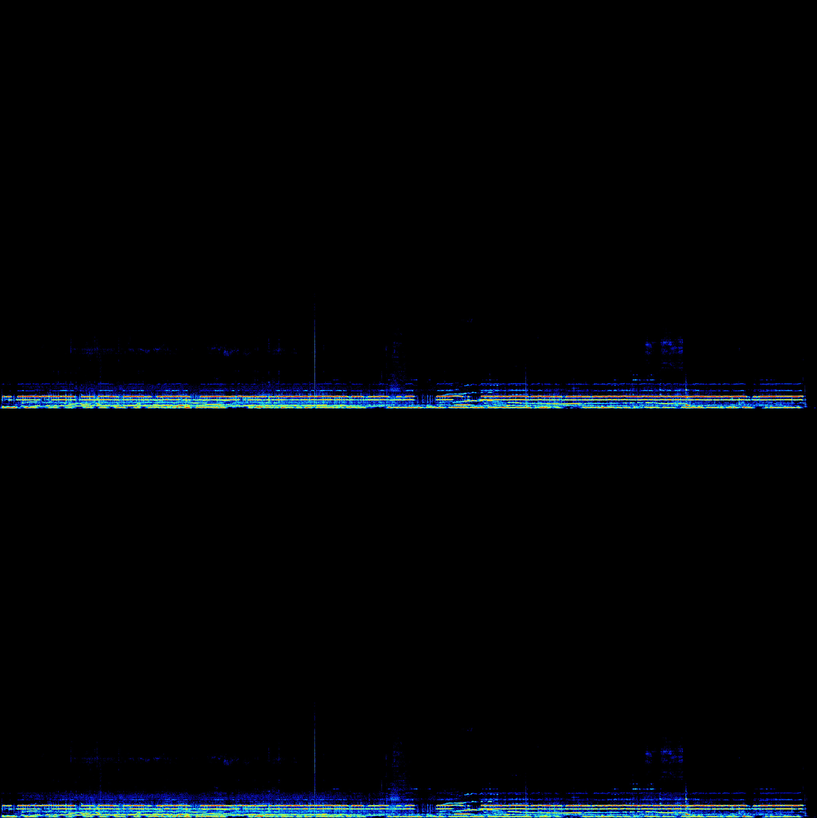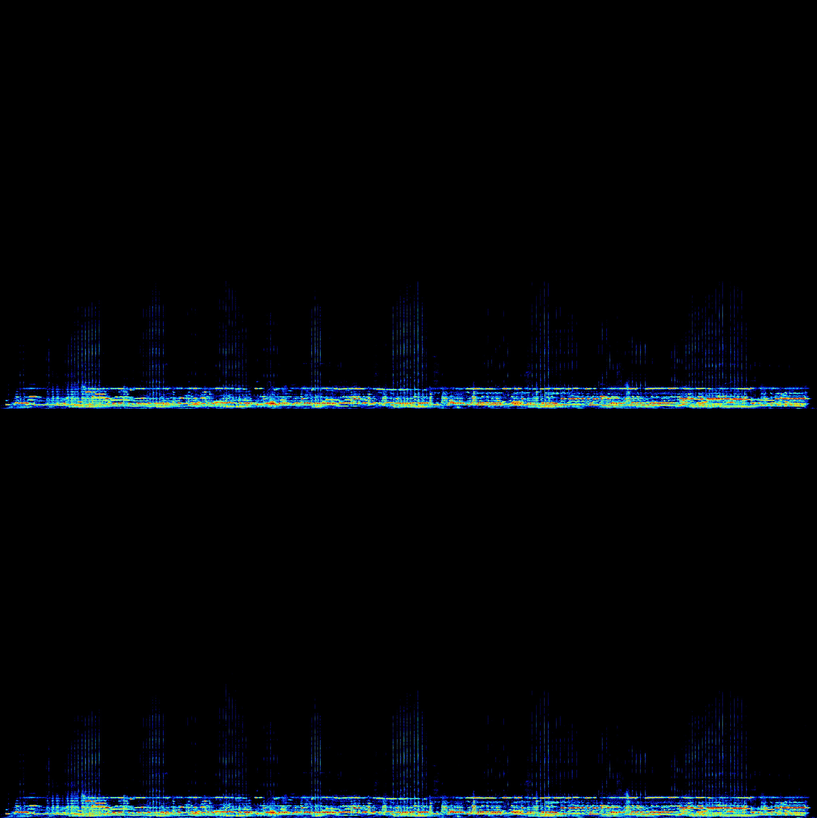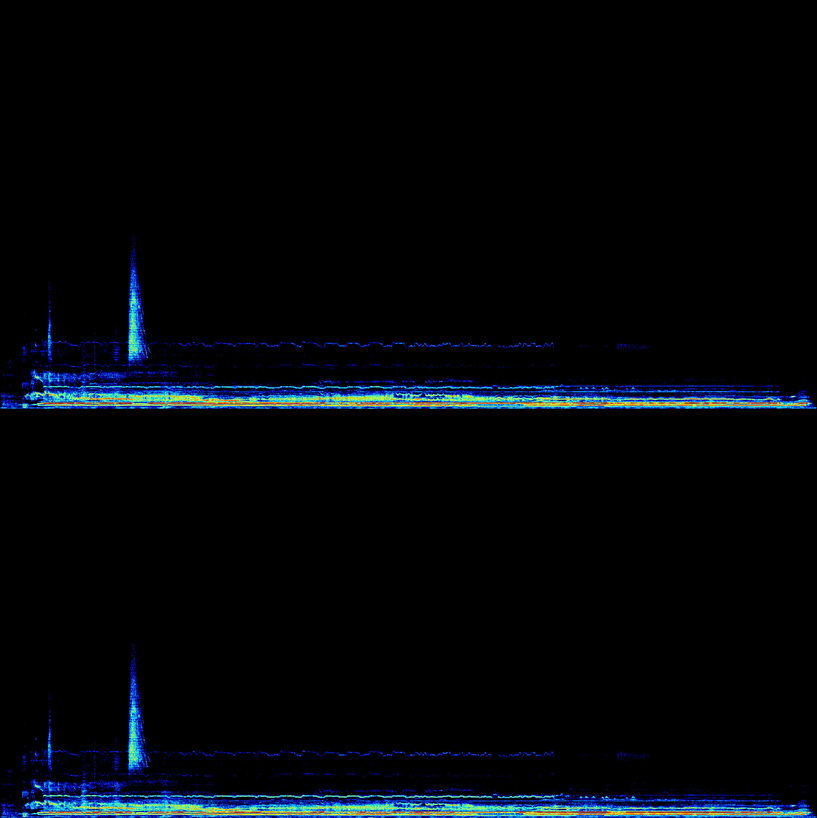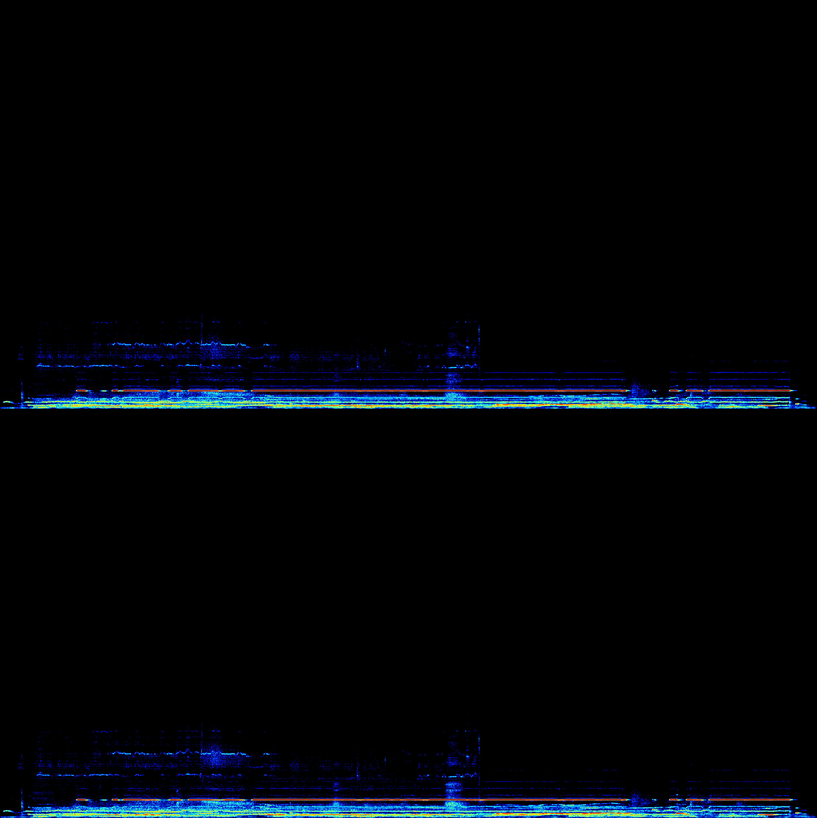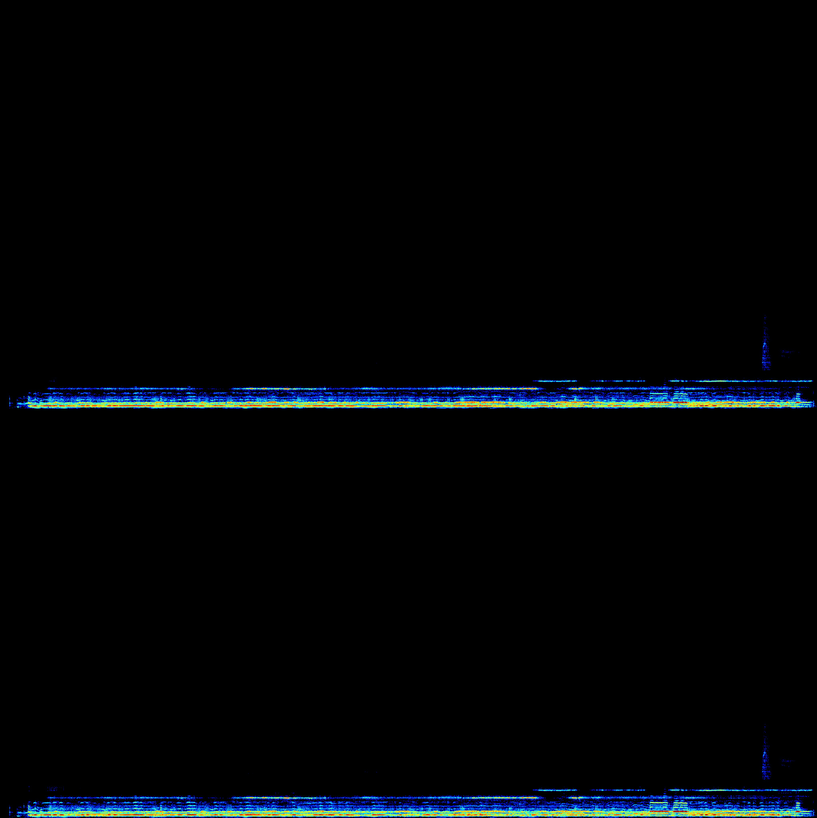The first "Wheels within sheels" improvisations moving towards a newer experimental language had few guidelines. As interesting sound qualities arised, I sought to focus in certain directions. Helmut Lachenmann has offered descriptions of "timbre types in new music", 1 which are closely related to temporal experience and structural function. These can describe building blocks of music not relating primarily to traditional harmony, melody and counterpoint. Some very few categories are listed, which I will briefly sum up, simplified for the purpose of our improvisations.
- 'Kadenzklang' is used in a wider sense than the tonal 'cadence'. It is a marked event of attack and decay, composed of any kind of sound, tone or noise. I would simply understand it as "something is happening", as opposed to pure being in time.
- 'Farbklang' is a static field of colour with a vertical sense of time. The functions of the three next types are not related to their duration, like in the case of the 'kadenzklang', they can be long or short.
- 'Fluktuationsklang' is a field of sound, fluctuating with inner activities which have no character of development or transformation.
- 'Texturklang' is a densely woven polyphonic texture, where Ligeti's micropolyphony is used as an example. We can add our dense versions of medieval polyphony.
- 'Strukturklang' is at the structural level above the four first elementary types, it is a composition which can contain constellations of any of the four types.
The list is very short, and Lachenmann makes no claims of having a complete list for any musical situation. Yet, I found this a useful starting point to narrow down our improvisations. The 'kadenzklang' is put in sharp contrast to 'being' in a time of colour, fluctuation or texture. It does not empasize metamorphosis, longterm transformations and particular types of dramaturgy. For me, a sense of verticality has been highly interesting, and a characteristic experience of music since the 20th century.
"I have defined moments (...) as self-contained entities, capable of standing on their own yet in some nonlinear sense belonging to the context of the composition. The self-containment of moments is provided either by stasis or by process. Stockhausen has written: "Each moment, whether a [static] state or a process, is individual and self-regulated, and able to sustain an independent existence."" 2
I would not misunderstand the self-sustainability of musical moments described by Kramer and Stockhausen as self-sufficiency in a sociological sense. Sounds are like juxtaposed elements in a terrain, which have presenses, withouth leaning towards other elements, without having to give powerful demonstrations of their being. The forest does not form a suggestive metamorphosis towards being mountain. There are variable habitats, deserted areas, deserted time, and musical experiences of these metaphors.
What we will hear below, will fall within the 'klangfarb' type, with instabilities bordering against fluctuation. 'Shimmer' is not everything which would fall under the 'klangfarb' label. Our 'shimmer' is fragility; the sounds are vulnerable, generally soft, and at the verge of breaking up. The recorded 'shimmer' improvisations brought micro nuances of sound which would be hard to define exactly in notation. In my compositions, a 'notated fragility' can arise by asking for sound phenomena which are hard to control on the instrument. They will sound different every time.
Each musician found a new pitch and a new type of sound for each cue. I found the results of these individual choices rich, with unpredicable distributions of high and low tones. There was no need to make overall plans and sketches of harmony. In collective disembodied sounds, it can be difficult to distinguish the effort of each individual.
We will see examples of sound materials followed by sonogram analysis. These sonograms do not offer easily accessible information about harmony and tuning systems, while they may visualize other qualities of a sound; degrees of centered pitch and noice, spectral richness and energy in different frequency ranges. My fascination for some sounds can be found again in a rich spectrum.
Following Pierre Schaeffers ambition to create a solfege of sound, we can listen and see constellations of timbral components, along with Schaeffers 7 degrees between a sine wave and a white noise. 3
'Son pur'
'Son tonique'
'Groupe tonique'
'Cannelé'
'Groupe nodal'
'Son nodal'
'Bruit blanc ou coloré'
An ordinary instrumental tone is a 'son tonique', it has a spectrum of overtones. A chord is a group of such tones. As the components grow increasingly complex, they are not tones, but bands of noise and granular qualities of various densities. There are many degrees and nuances before a final flat white or coloured noise covers the whole range. The 'shimmer' improvisations became expercises in reaching the obscure middle categories of timbre through the means and instruments at our disposal; split tones, distortion, noise bands, and various physical aspects of the different instruments.
You will here have the chance to listen to a catalogue of unprocessed shimmer sound recordings. This website will allow you to play multiple sounds at once. This catalogue is one element of the "Wheels within wheels" sound installation, we can imagine a randomly selected sound combined with another type of sound, at random time intervals. This is a kaleidoscopic principle, and the real interest will finally be the combination of different types of sounds, and the experience of a circular or encyclopedic flow of time.
Noise reductions were done with Audiosculpt. There would always be noise behind a recording, the noises were especially clean in the anechoic chamber.


